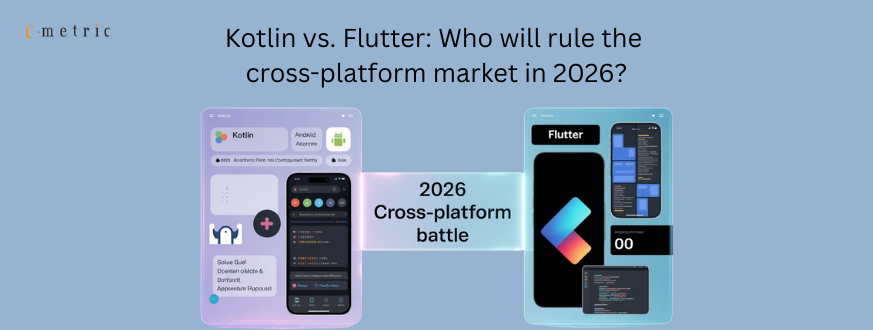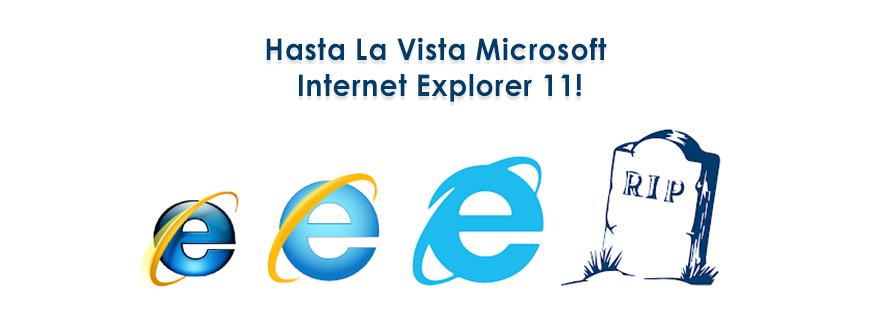If you are planning to Web PHP Application development, you ought to follow the best practices for the same. Here are some of the greatest practices ever for PHP development that are tremendously easy to follow, and they also apply to Web application development generally.
1. Don’t close PHP tags
The problem with closing your PHP tags is that it can bring in newline characters or whitespace, if you are not careful. This can of course create a lot of hassles in future when whitespace characters unaccountably display in the output or even when headers are interrupted. In order to deal with the problem, you can rather consider closing your PHP tags only when you are templating with HTML and PHP.
2. Separate logic and output from one another
If your logic is intertwined with the output, it’ll be difficult for you to work on the expansive code base. Thus, you can separate your logic from the presentation by utilizing a templating engine like Twig or an MVC framework like Laravel. Also, there are other diversified options that you should shop around. Nonetheless, it is highly crucial for you to always implement this principle while building your Web apps.
3. Don’t run queries inside large loops
Running queries inside large loops can turn out to be tremendously expensive. Often, the loops are going to expand in size, which would in turn lead to a greater number of queries. In addition, this can lead to webpages that load slowly and a database that is under a great deal of strain.
4. Avoid using short tags
Utilizing short tags should be avoided unless you are highly sure of deploying the code to a server that you are able to configure on your own. Moreover, you’ll discover on same shared hosts that short tags are automatically disabled and you can’t alter any of the configuration settings of PHP. Thus, you can always utilize <?php rather than <? in order to establish a certain level of portability.
5. Know what database normalization is
Regardless of what language you are utilizing, it is imperative for you to know about database normalization. A bad database can most definitely lead to bad code, because the concerned programmer might be compelled to pay off for the dearth of appropriate design or structure. In case you are a Web developer, you are most likely to be compelled to create a relational database at one point or the other. And when the time approaches, you’ll have to get acquainted with the process of building relationships and normalizing entities.
6. Consider resizing your images on upload
Resizing images on upload by means of PHP is most likely to be enormously resource intensive. Often, you would have to utilize more of your RAM and CPU for resizing an image than you would have to for serving a classic PHP Web page. Thus, in order to fix the issue, you need to resize your images as soon as you have uploaded them. This means that you require resizing the image and creating one or two copies of different sizes.















Get in Touch